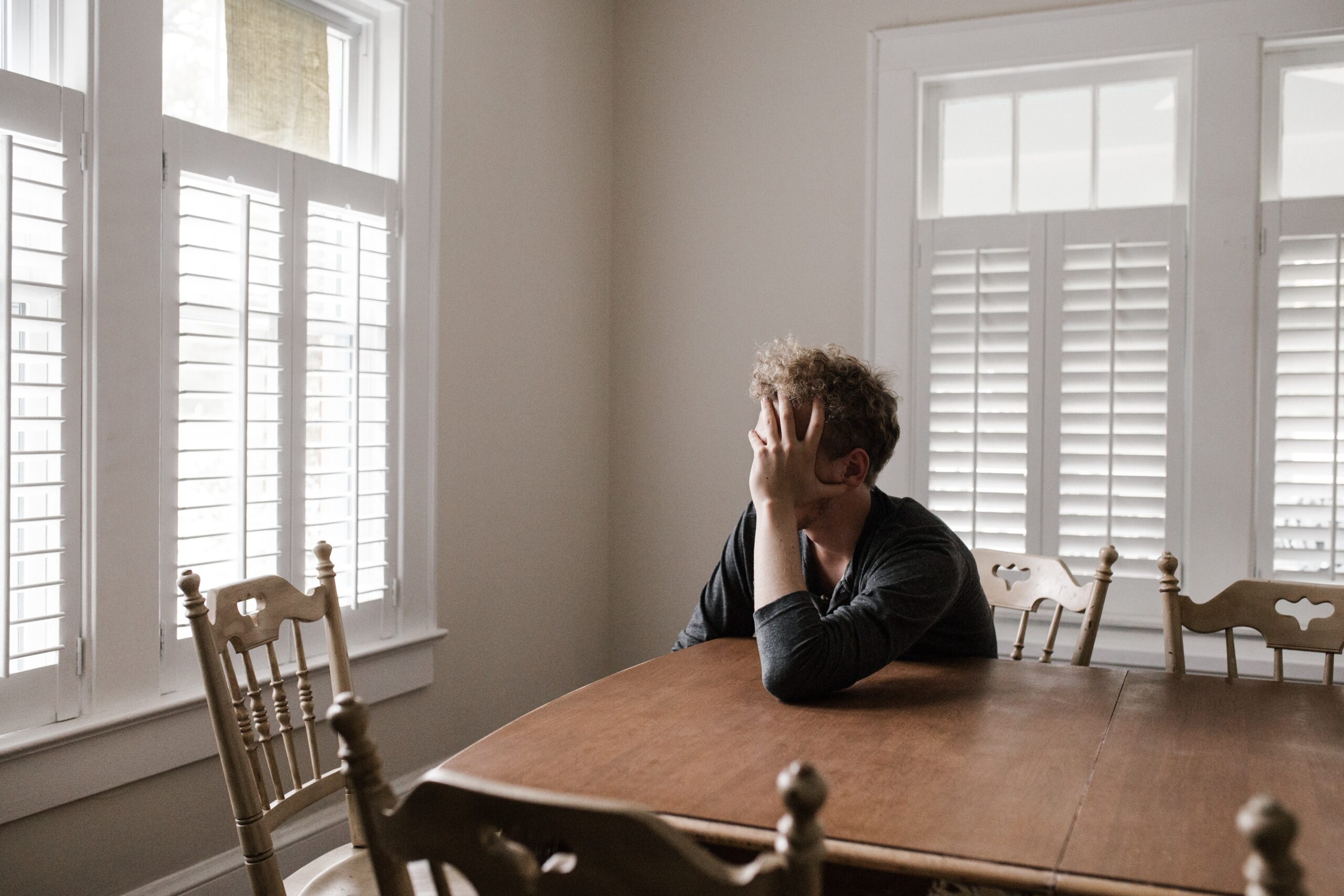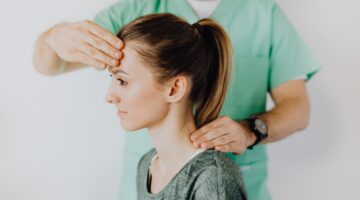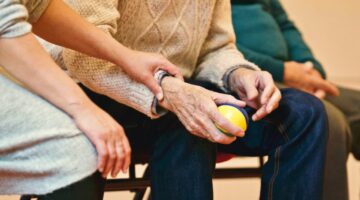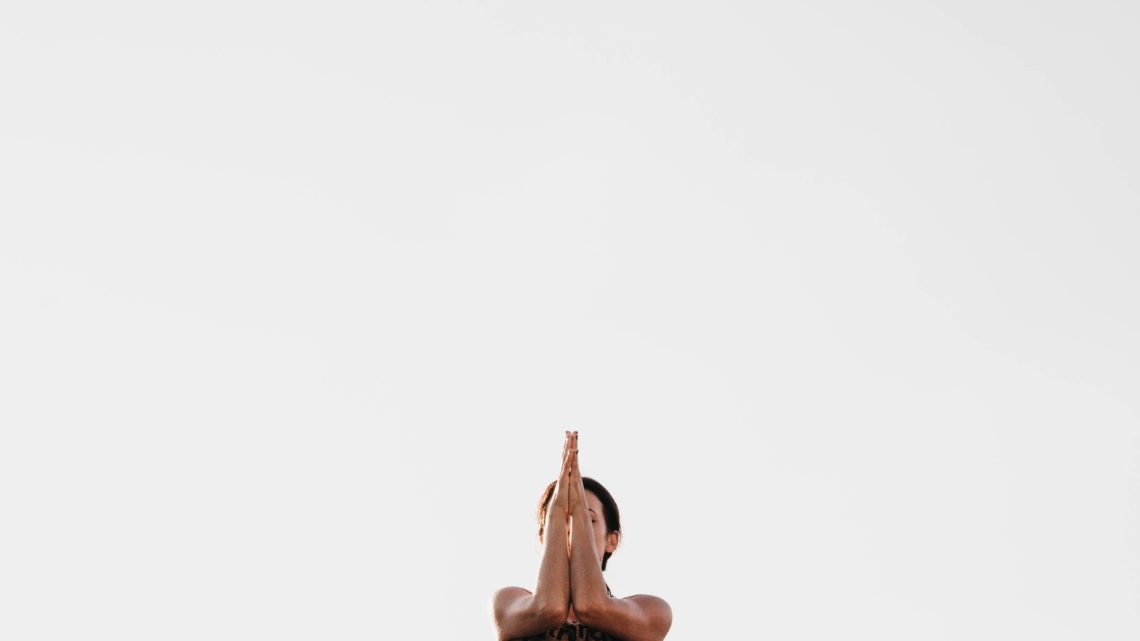It seems like there are more and more people today who suffer from anxiety and other stress-related symptoms and disorders like depression, agoraphobia and/ or panic attacks. Some reports indicate that we’re dealing with real epidemiology of anxiety disorders in the 21st century: “According to large population-based surveys, up to 33.7% of the population are affected by an anxiety disorder during their lifetime.”
That’s why psychologists, psychiatrists, and psychotherapists are constantly trying to develop new techniques and ways on how to deal with the most prevalent mental disorders. While severe anxiety disorders (such as generalized anxiety disorder, social anxiety disorder, specific phobias, separation anxiety disorder, etc.) cause a serious problem that needs to be addressed by a professional, the stress-related symptoms like occasional anxiety can be alleviated by various breathing and body exercises.
In this article, we give you some of the most common ways on how you can put these utterly irksome and vexing symptoms under control.
Breathing exercises
Anxiety is a very common reaction to stress. Certain hormones like cortisol and adrenaline are released in a human body when a person feels threatened or in danger. The amygdala triggers the so-called ’flight or fight’ response and gives a signal to the brain that there’s a threat that needs to be addressed either by fighting or running away from danger. The important thing to note here is that this response can be triggered both by real and imaginary threats.
The other symptoms that accompany this state are the speeded heart rate, slowed digestion, shunted blood flow to major muscle groups, and faster breathing. The whole situation can be made less severe by focusing on the last instance. You can significantly diminish the symptoms of anxiety by focusing on breathing properly and slowing down your heart rate.
When you feel these symptoms rushing in and overwhelming your body, try to find a quiet place where you can sit comfortably and perform the following breathing exercises:
- Put one hand on your chest and the other on your stomach.
- Try to control your breath as you feel the hand on your stomach moving slightly. The other hand that’s on your chest should stand still.
- Breathe in through your nose and breath out through the mouth slowly and in control. Try to calm yourself as much as possible while you focus on breathing.
- Repeat the entire process as many times needed. Be patient and you will eventually feel the anxiety symptoms lessen.
Body (aerobic and anaerobic) exercises
Any form of body exercises help calm anxiety symptoms. This is especially the case if you exercise regularly since the scientific data suggests that frequency is most important. Not all exercises are fit for everyone, and while some people report that the aerobic exercises like jogging, biking, swimming, and dancing help them the best, the others enjoy anaerobic exercises like yoga or weight lifting more.
No matter in which category you find yourself to fall in, here are some tips on how to get started in case you don’t have an exercise program that helps you calm anxiety.
Aerobic Exercises
One of the most important pieces of advice when it comes to exercising is to choose the activity that you enjoy the most. If you’re not that much into team sports, we recommend jogging, biking, swimming or dancing at least five times a week for 30 minutes. This way you’ll get your heart rate up and fight off anxiety symptoms.
This amount of activity can seem like it’s too frequent, especially if you’re super busy and juggling between work and family. But the crucial thing here is not to make up any excuses – you simply must find a way to increase your physical activity levels. Even if you’re swamped with work and up to your neck with various things, this is exactly why you need to start working on this problem ASAP.
This is the time to get creative since it’s essentially your overall well-being on the line here. For instance, if you’re too busy with work and small children, get one of those twin strollers and go out for a brisk walk. This will clear up your mind and reduce the stress symptoms as well. Just remember to be persistent and things will eventually get better.
Anaerobic exercises
Anaerobic exercises can be just as effective as aerobic – and like with all body exercises the perseverance is key. If you’re not a fan of running, swimming, biking or dancing, try things like yoga, callisthenics, or weight lifting.
Yoga can be a great choice for alleviating stress-related symptoms since it essentially focuses on breathing techniques that go along with stretching out your body. But you also have to be consistent here, in order to see any clear results. Exercise for at least several weeks before making assessments to your progress.
All of these exercises help not only with anxiety and stress but also with managing symptoms of depression. Exercising is a powerful tool for fighting off all kinds of ailments – both physical and mental. Since there isn’t a clear separation between the two, when you address one problem, the others go away as well.
Conclusion
Anxiety represents one of those persistent, and often times crippling problems that we need to take care of. In today’s world, more than 1/3 of the population has faced anxiety and other stress-related problems throughout their lives. And although psychologists, psychiatrists, and psychotherapists are constantly working out the ways on how to reduce this global epidemic, there are things that you can do by yourself to diminish the symptoms.
In case you’re occasionally experiencing the symptoms of anxiety, perform the breathing exercises that will instantly help you get everything in order. Various body exercises, like team sports, jogging, swimming, biking, brisk walking, dancing, yoga, callisthenics, weight lifting, etc. will help you in the long run. Just remember to be patient and persistent, even if you live a busy lifestyle. Don’t make up any excuses and get creative with the time you have.
If you realize that you can’t deal with these problems all by yourself, make sure to seek professional help.
Please don’t forget to share this article with your friends and family. After all, sharing is caring.
Author: Mia Johnson
Mia Johnson is a freelance writer with a ten-year long career in journalism. She has written extensively about health, fitness, and lifestyle. A native to Melbourn, she now lives in Sidney with her 3 dogs where she spends her days writing and taking care of her 900 square feet garden.











